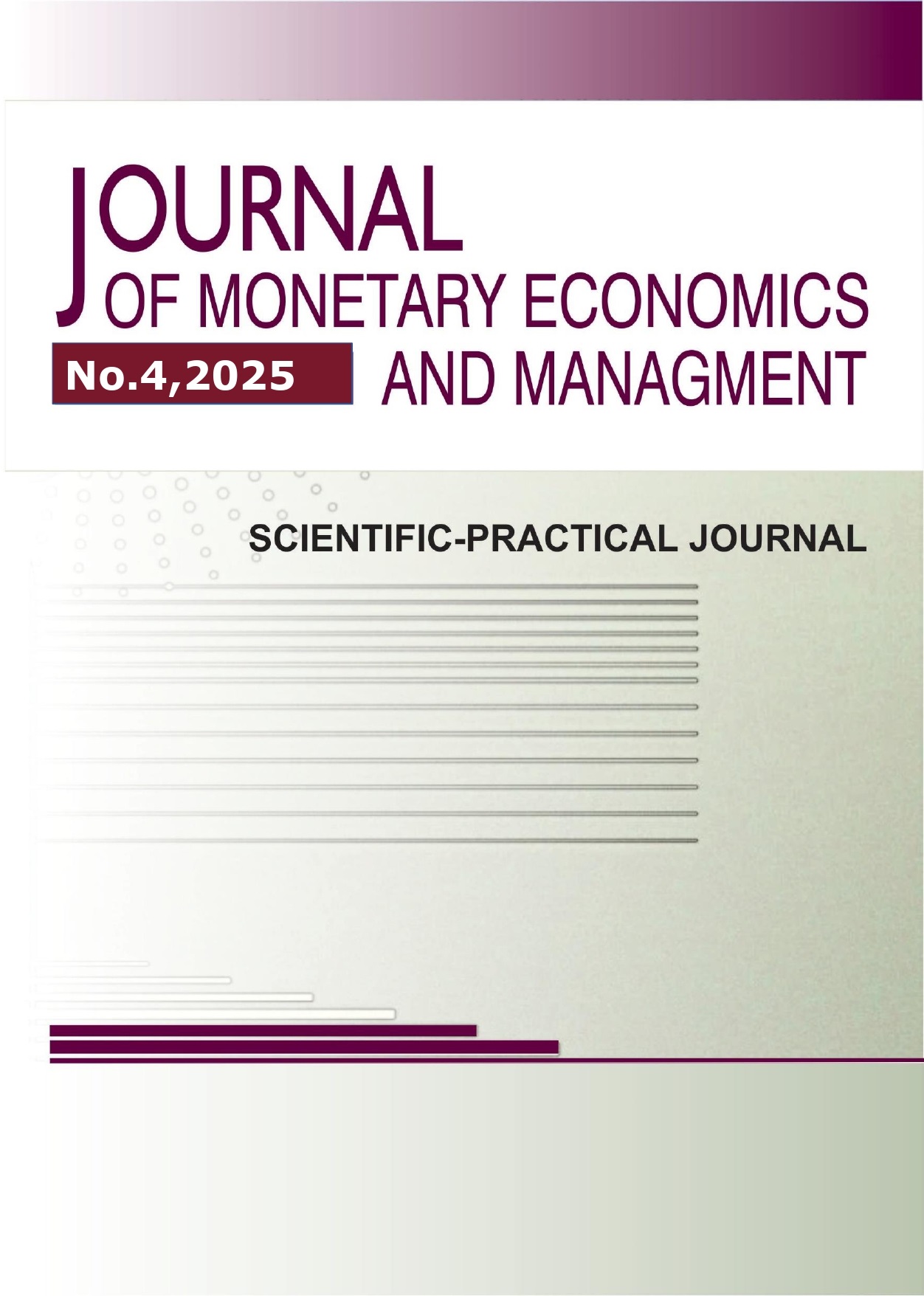graduate student
OOO «Skayer IT» (operacionnyy direktor)
employee
The article presents a detailed analysis of the theoretical foundations of business process optimization, including key concepts, methods, and tools aimed at improving the operational efficiency and competitiveness of organizations. It examines the importance of optimization in the context of a dynamically developing modern economy, where the success of companies directly depends on their ability to adapt to changes, reduce costs, and increase the productivity and efficiency of business processes. Particular attention is paid to the need for a strategic approach to change management that takes into account economic, organizational, and personnel aspects. The work describes in detail the theoretical and practical methods for implementing optimization measures, reveals their importance for long-term strategic management and planning, sustainable development of organizations, as well as their ability to achieve goals in the changing conditions of a complex business environment.
business process, optimization, efficiency, methodology, competitiveness
1. Hammer, M. Reengineering Work: Don't Automate, Obliterate // Harvard Business Review. — 1990. — №4. — S. 104–112.
2. Porter, M. Competitive Advantage. — N.Y.: Free Press, 1985. — 557 s.
3. Deming U. Vyhod iz krizisa. — M.: Al'pina Biznes Buks, 2007. — 370 s.
4. Hammer, M., Champy, J. Reengineering the Corporation. — N.Y.: Harper Business, 1993. — 223 s.
5. Kaplan, R.S., Norton, D.P. The Balanced Scorecard: Translating Strategy into Action. — Boston: Harvard Business School Press, 1996. — 322 s.
6. Hiatt, J.M. ADKAR: A Model for Change in Business, Government and Our Community. — Loveland: Prosci Learning Center Publications, 2006. — 146 s.
7. Bridges, W. Managing Transitions: Making the Most of Change. — Cambridge: Da Capo Press, 2003. — 188 s.
8. Senge, P.M. The Fifth Discipline: The Art & Practice of The Learning Organization. — N.Y.: Doubleday, 1990. — 445 s.
9. Collins, J.C. Good to Great: Why Some Companies Make the Leap and Others Don't. — N.Y.: HarperBusiness, 2001. — 320 s.
10. Porter, M. Competitive Advantage: Creating and Sustaining Superior Performance. — N.Y.: Free Press, 1985. — 592 s.
11. Womack, J.P., Jones, D.T. Lean Thinking: Banish Waste and Create Wealth in Your Corporation. — N.Y.: Simon & Schuster, 1996. — 396 s.
12. Harrington, H.J. Business Process Improvement: The Breakthrough Strategy for Total Quality, Productivity, and Competitiveness. — N.Y.: McGraw Hill, 1991. — 248 s.
13. Goldratt, E.M. The Goal: A Process of Ongoing Improvement. — Great Barrington: North River Press, 1990. — 384 s.
14. Brynjolfsson, E., McAfee, A. The Second Machine Age: Work, Progress, and Prosperity in a Time of Brilliant Technologies. — N.Y.: W.W. Norton & Co., 2014. — 320 s.
15. Christopher, M. Logistics and Supply Chain Management. — 4th ed. — Upper Saddle River: Financial Times Press, 2011. — 320 s.
16. Sharma, A., Singh, R. Big Data Analytics in Supply Chain Management: A Review // International Journal of Logistics Systems and Management. — 2020. — T. 36, №1. — S. 1–20.
17. Chen, G., Chzhao, L. Cloud Computing in Supply Chain Management: A Review // International Journal of Production Research. — 2016. — T. 54, №14. — S. 4337–4350.
18. Benedikt, L., Mosli, T. Artificial Intelligence in Business: Opportunities and Challenges // Journal of Business Research. — 2021. — T. 132, №3. — S. 180–195.









